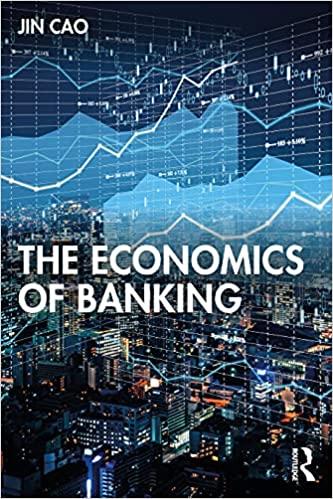Consider an economy that extends over three periods, (t=0,1,2), with a continuum of banks whose population is
Question:
Consider an economy that extends over three periods, \(t=0,1,2\), with a continuum of banks whose population is normalized to be 1. The banks engage in maturity transformation that finance long-term assets with short-term debts.
In \(t=0\), banks start business, each of them with one unit of capital. Bank capital yields an interim dividend in \(t=1\), which is a stochastic variable that is uniformly distributed over an interval \([0, K]\).
A bank's problem is to choose investment \(I\) in illiquid assets in \(t=0\). Illiquid assets only return in \(t=2\), with expected payoff being \(R I\). The bank finances a fraction \(\alpha\) of the illiquid assets with shortterm debt that is due in \(t=1\), and a fraction \(1-\alpha\) of the illiquid assets with long-term debt that is due in \(t=2 . \alpha\) is constant and exogenously given. The funding cost of short-term debt is lower than long-term debt: the gross two-period interest rate on long term debt is \(r\), and the cost of rolling over short-term debt is \(r-\Delta\), with \(0<\Delta
(a) Suppose a benevolent social planner makes the decision of \(I\) in \(t=0\) for all banks to maximize banks' profit. Compute the social planner's choice on \(I\).
(b) Suppose each bank makes a decision of \(I\) individually in \(t=0\) to maximize its profit. Compute a bank's choice on \(I\). Explain why it is different from the social planner's solution.
(c) In question (b), suppose a regulator is able to impose a tax rate \(\tau\) on short-term debt. Compute the optimal \(\tau\) that equalizes the bank's solution with the social planner's solution.
Step by Step Answer:






